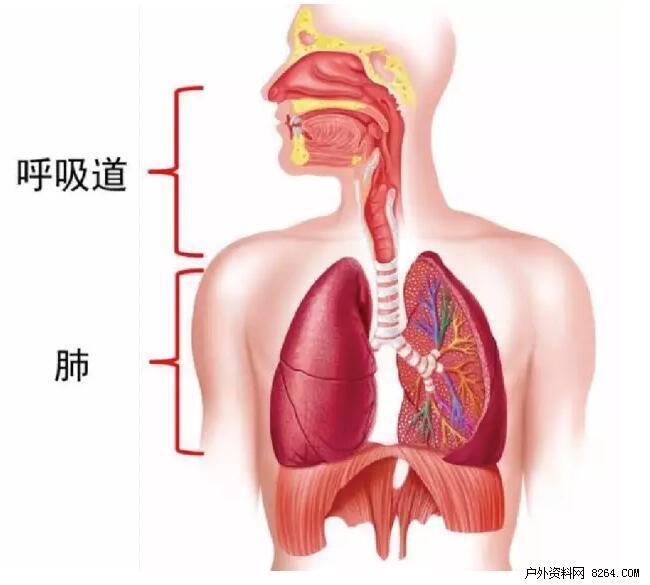Running is easy to breathe
55 Inch Conference Interactive Whiteboard As a 55 inch conference all-in-one machine, 55 inch Conference Interactive Whiteboard, microphones and conference software. The small size contains great momentum, providing high-quality pictures and sound effects for team video conferences. 55 Inch Conference Interactive Smart Board,55 Inch Conference All-In-One Machine,55 Inch Electronic Interactive Digital Board,55 Inch Interactive Digital Board Guangdong Zecheng Intelligent Technology Co., Ltd , https://www.zecheng-security.com


In terms of camera hardware configuration, the 55 inch electronic Interactive Digital Board uses a 12 million pixel camera and supports a wide viewing angle of 120 degree. It can be used in small and medium-sized office spaces and can incorporate more team members into the video conference scene. 4K high-definition resolution can provide high-quality video images, adding points to the corporate image.
In terms of sound experience, 55 inch interactive digital board has built-in 6 array microphones to bring high-fidelity sound quality, and 55 inch conference interactive smart board can achieve up to 8 meters of remote sound pickup, and can perform accurate sound in every corner of the meeting room. At the same time, in the remote meeting mode, the tablet will locate the sound source so that the speaker will not be able to display the picture, automatically gain the voice, eliminate echo and noise, even if the speaker is far away, the audience can still hear it.
